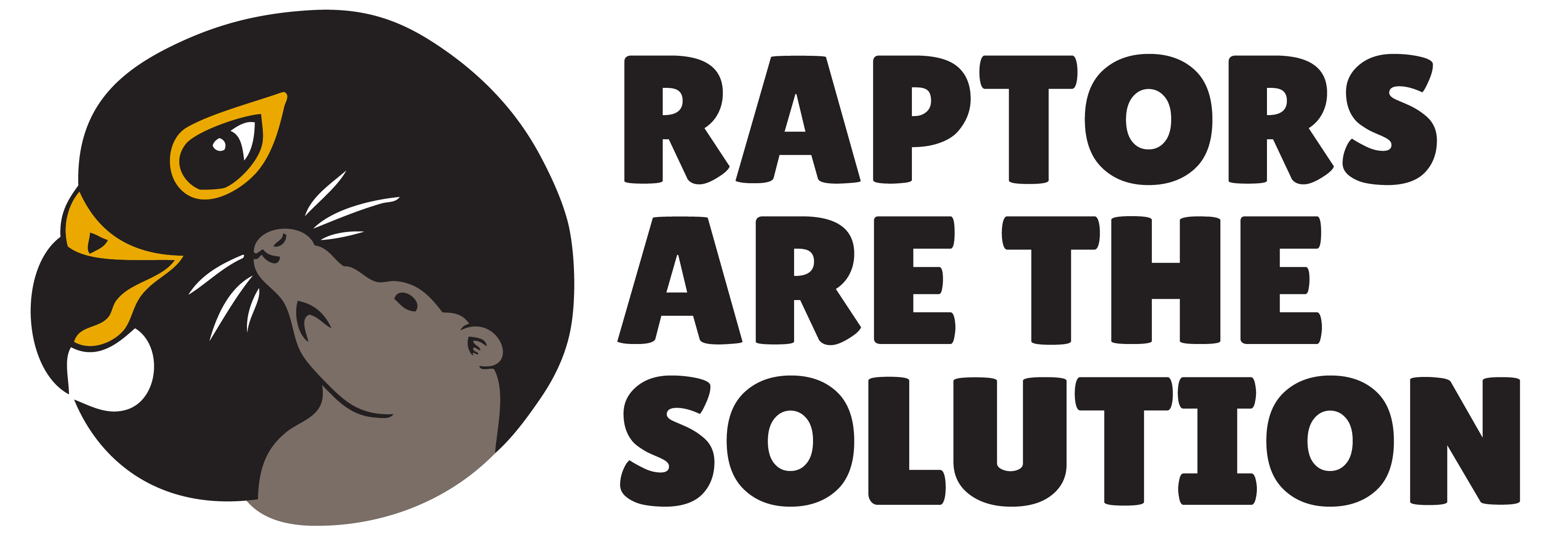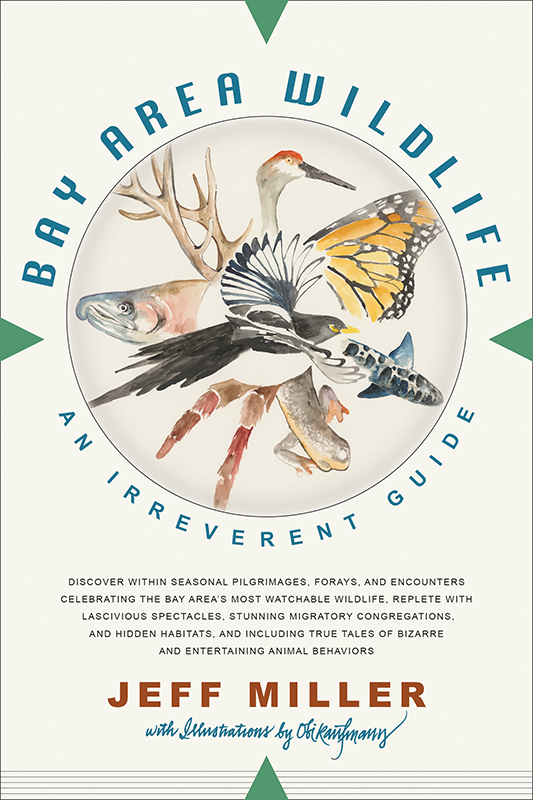by Joe Eaton
(Full article from RATS Tales December 2024)
I wish I could have gotten my hands on Jeff Miller’s Bay Area Wildlife: An Irreverent Guide, or something like it, a couple of decades ago. Miller, best known for his years of environmental activism with the Alameda Creek Alliance and the Center for Biological Diversity, has produced a naturalist’s Baedeker for the San Francisco Bay region and selected outlying spots, combining profiles of local species—the iconic and the obscure, the charismatic and the just plain weird—with suggestions as to where you’re most likely to encounter them. Written with wit and verve, the book, just out from Heyday, is enhanced by portraits and location maps by the talented and prolific Obi Kaufmann.
I’ve always thought of Miller as mainly a native fish advocate, in particular for salmonids. Clearly, though, he also knows a lot about mammals (terrestrial and marine), birds, reptiles, amphibians, and invertebrates. Browsing the book, I kept saying “I had no idea!” Grunion have begun spawning in San Francisco Bay? There’s a multi-species heron rookery in downtown Santa Rosa? You can witness badgers on guided walks in Petaluma?
Raptors get their share of attention. Miller highlights the seasonal spectacle of migration at Hawk Hill in the Marin Headlands and other viewing locations, including one near Jenner that I didn’t know about. Singled out for more detail are two conservation success stories, the bald eagle and the peregrine falcon, aka the “screaming death parrot” (falcons are more closely related to parrots than to the other raptors). Miller also writes about the burrowing owl, which is being edged out of its local open-space habitat by sprawl development. He has led a 21-year effort on behalf of California’s beleaguered burrowing owl population; in October, the state Game and Fish Commission finally gave the species “candidate” status under the California Endangered Species Act, protecting it pending a full status review. An “honorary raptor,” the loggerhead shrike, also in trouble, is covered as well.
The recommendations for wildlife viewing, expanding on the site guides (most now out of print or outdated) published by local Audubon groups, range from “can’t miss” to “good luck with that.” Coyotes and night herons are easy, but most of us will never cross paths with a mountain beaver, a secretive wombat-like rodent. Still, it’s good to know they’re out there. That also holds for the drop-dead-gorgeous and seriously endangered San Francisco garter snake, whose whereabouts are left vague to frustrate would-be collectors. Some of the locations jibe with my own experience, and others will inspire future excursions. Miller also salutes the species we’ll never see again, from the California grizzly to the Xerces blue butterfly. Appendices include directories of regional wildlife festivals and conservation groups (RATS’ work to remove rodenticide threats to wildlife is noted), and tips on sharing wildlife sightings.
Irreverent this book is. Otter fans may be offended by the characterization of the sea otter as an “adorable psychopath” and the river otter as the “aquatic death weasel,” but those epithets strike me as only fair, given well-documented behavior. Bay Area Wildlife made me laugh, repeatedly. I’ll limit myself to quoting Miller’s description of the joys of birding at sea: “Pelagic birding can be a little disorienting at first, until you get used to focusing binoculars while on a moving boat and trying to identify rapidly flying, distant, nondescript seabirds as they disappear behind a wave. Fortunately, most pelagic trips include expert guides who can tell you exactly what species of tubenose (a group that includes albatrosses, shearwaters, and storm-petrels) you just missed seeing on the other side of the boat.” There’s more where that came from.
Bay Area Wildlife isn’t intended to be all-inclusive, and I could quibble with some of the selections and omissions; I would have given more space to the complicated social life of the acorn woodpecker, for instance. And where is the banana slug? The plainfin midshipman, aka humming toadfish? On the whole, though, Miller has done a splendid job. This book should find a place in a lot of backpacks and glove boxes. I would give it an unequivocal thumbs up even if Miller hadn’t quoted my description of white-throated swifts (“torpedo-shaped black-and-white birds with an elegant Art Deco look”) from a piece I wrote for the Berkeley Daily Planet around the turn of the millennium.

